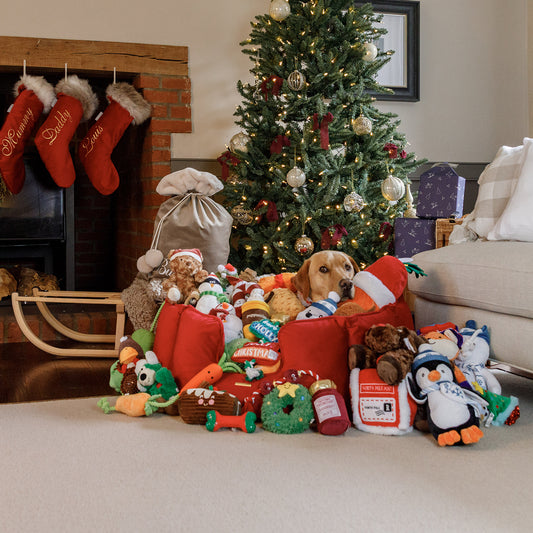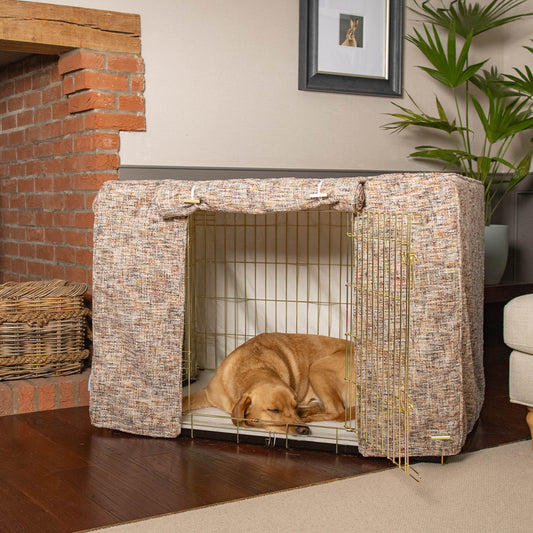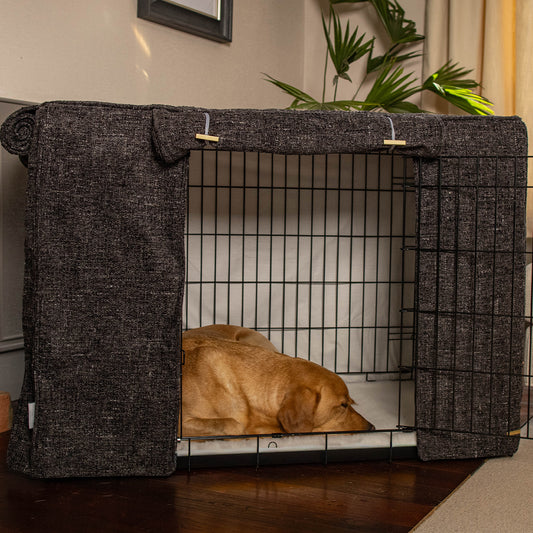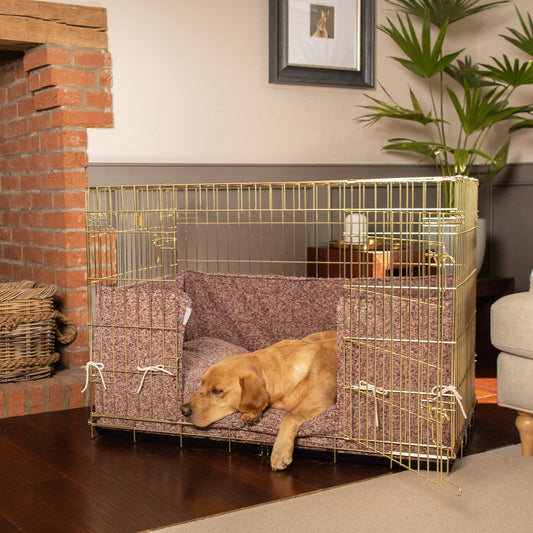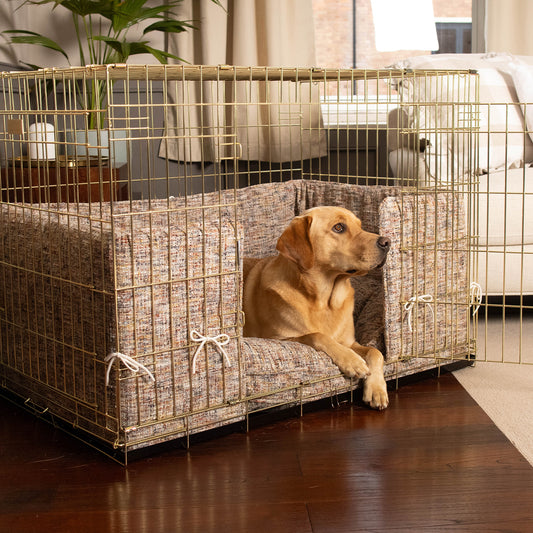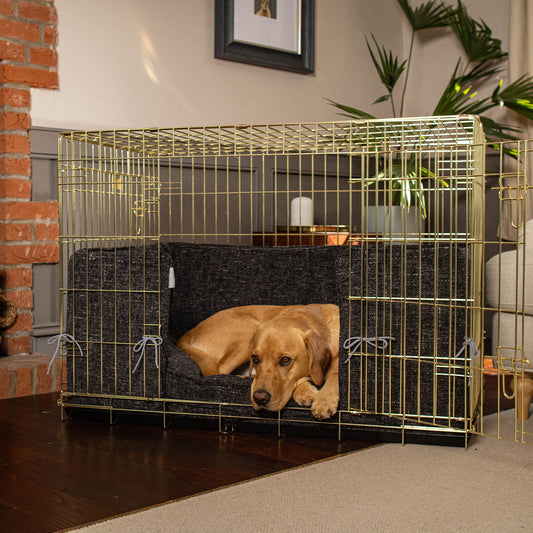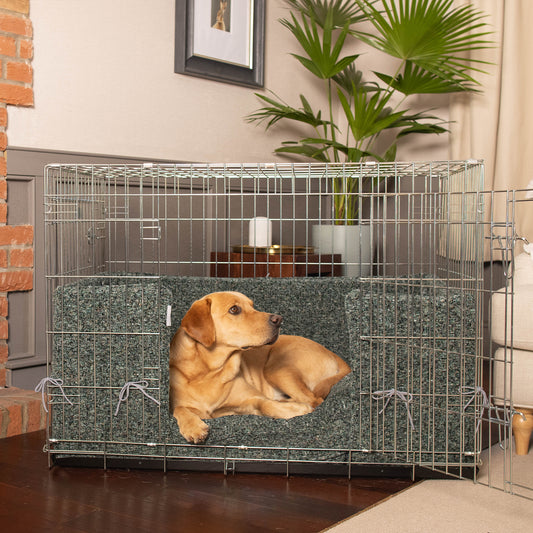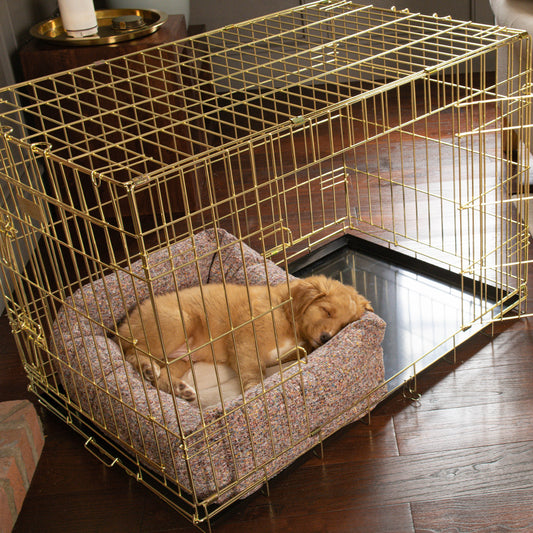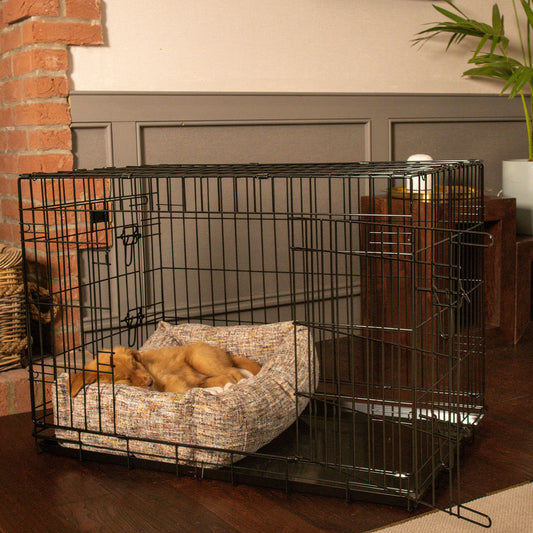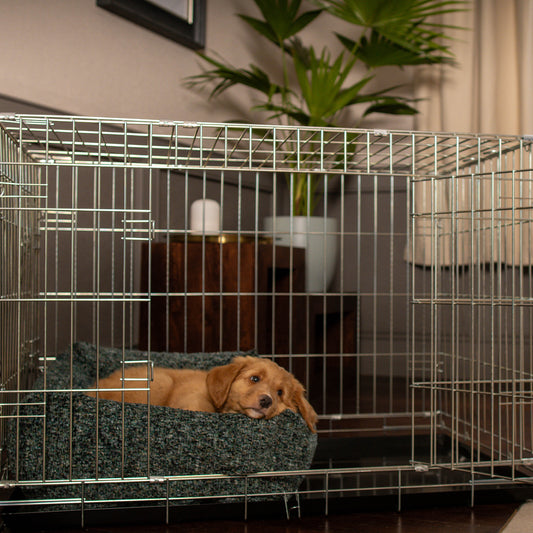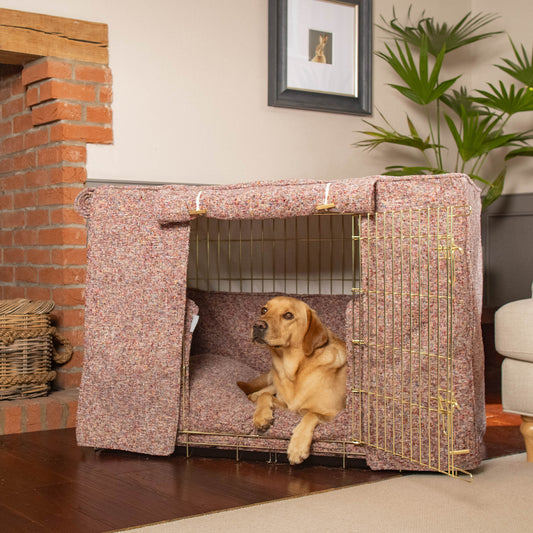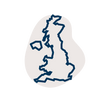There are many breeds of cat; some with short hair and some with long hair. Whilst cats are very good at grooming and keeping themselves clean, some may need extra help to keep their coats knot-free and shiny. Cats with medium to long hair will definitely benefit from a grooming regime and it will be important to get them used to brushing from a young age. Even short haired cats can benefit from brushing as it helps to get rid of any loose hair and it’s also brilliant bonding time for you and them. In this article we’ll give you some guidance on grooming cats. We’ll look at how to groom a cat as well as what tools you may need.
Do I Need To Groom My Cat?
As we mentioned before, cats are generally very good at cleaning themselves and are one of the cleanest pets that you could share your home with. However, grooming can still be beneficial for your feline. Not only will longer haired breeds need extra help to keep their coats knot-free, but grooming is a lovely way for you to spend time with your pets, strengthening the bond you have between you. We’d suggest a light groom at least once a week; more often if your cat has a thick or long coat.

Grooming has many benefits for your cat including:
Massage - Grooming offers a gentle massage to your cat, that will stimulate the muscles.
Glossy Coat - Brushing will help to distribute the natural oils in the hair, through to the tips promoting a smooth and glossy coat.
Health Check - Grooming allows you to give your cat a quick once-over allowing you to check for any mites as well as cuts, lumps and bumps.
Therapy - Grooming can be therapeutic, not just for your cat, but for you too. Done in the correct way, it should offer calm and relaxation. It also allows you to spend valuable time with your feline, further enhancing the strong bond between you.
How To Groom A Cat?
Brushing your cat is really quite simple once you get the hang of it. It’s best to choose a time when your cat is at their most relaxed and happy to have some human interaction.
Start by letting them sniff the brush or comb, and then start on the head or back of the neck where they are most likely to enjoy the massage! Brush in the direction of the fur with small, gentle strokes. Brush all around the head and face including under the chin and their cheeks. You can then move on to other areas, moving between the shoulder blades and down their back.
Be careful of sensitive areas. Many cats do not like their tummies being rubbed or touched, so be particularly careful in this area.
Grooming sessions should be as long or as short as your cat is comfortable with. If your cat shows signs of discomfort or unease, then stop the grooming session. Grooming is best done in short, regular bursts to ensure your kitty is happy and doesn’t get fed up. The last thing you want is to put them off completely. As they get used ti the sessions you can gradually increase the duration.
How To Groom A Kitten?
If you can, you should start grooming when you first get your kitten. Kittens who have grown up being groomed from a young age, tend to like being brushed all over.
Start with a really soft bristled brush and groom in very short bursts. Allow your kitten to smell the brush first and hopefully they will brush up against it, transferring their scent on to the bristles. They’ll soon get used to the brush and the sensation that being brushed gives.
If your kitten moves away from the brush, pause the grooming session. You can try again in a couple of minutes if they settle but try not to force anything. Grooming should be a positive experience for everyone. Just persevere and your kitten will soon enjoy being brushed.
Gradually extend the grooming sessions over time and introduce any extra tools that might be needed to keep your cat’s fur in top condition. Short haired breeds may only need one brush, but if you have a longhaired breed, such a Ragdoll or Persian for instance, you may need a couple of different combs and brushes to keep their dense coats knot free.
Should I Bathe My Cat?
Cats are famous for their disdain of water, so why would we want to subject them to a bath? They are pretty clean by nature and, with a little help from brushing, generally don’t need to be bathed.
However, there are instances where bathing may be required. Some cats aren’t able to keep themselves clean for health or mobility reasons and some may get themselves in a mess, perhaps covered in a substance that needs to be washed off.
Consider if you really need to bathe your cat and only do it if it’s completely necessary. Most cats are completely fine with their own grooming routine topped up with a regular brush and comb from you.
How To Bathe a Cat?
If you do need to bathe your cat, make sure you plan ahead. The vast majority of cats will hate water so it will be important to keep them as comfortable and relaxed as possible.
We’d suggest bathing in the sink or basin. Pop a spare towel or something non-slip on the floor of the sink to help keep them stabilised and partially fill the sink. The water shouldn’t be too deep and should come no higher than their tummies.
Start by wetting your cat with warm water. Do it gently and pour from a cup. Lather your cat with shampoo. We’d suggest just sticking to the localised area that needs cleaning and only wash your cat all over if it’s completely necessary. Once lathered and cleaned, gently rinse them ensuring all shampoo is rinsed thoroughly.
Once your cat is fully rinsed, gently dry them with a soft pet towel. You could try drying with a hairdryer on a very low setting, but most cats won’t like the sound. You could invest in a pet hairdryer which has multiple settings and a lower sound, but it’s best to do what you think is best for your particular cat. Bath time can be particularly stressful for cats, so don’t put them through anything that isn’t completely necessary.
Do your best to keep them calm and keep some treats to hand to reward them for their good behaviour.

Cat Grooming Brushes & Tools
Whatever grooming regime you choose for your cat, having the correct tool to hand will be important. Make sure you have good quality cat brushes and combs that are designed specifically for felines and their specific coat type.
Gripsoft Cat Slicker Brush - This is a brilliant brush for all cats and coat types. It will help to remove dead, shedding hair and provide a smooth glossy finish to the coat.
Gripsoft Double Sided Cat Brush - This is ideal for cats with medium to long coats. The pin brush is great at teasing out knots and tangles whilst the soft brush is good at fluffing and smoothing.
Angol Double Sided Cat Comb - If your cat has a long or dense coat, then a comb like this will really help to groom from root to tip. The wide teeth can be used to gently detangle whilst the fine teeth can be used on tangle-free fur to smooth and remove loose hair.
Ancol Moulting Cat Comb - This is a brilliant grooming tool for any medium coated cat that is shedding. The variation in teeth length will help to remove loose hair from both the undercoat and the topcoat.
Animology Feline Great Shampoo - If you need to bathe your cat, choose a pet safe shampoo designed specifically for felines such as this Animology shampoo. Mild and gentle, it will clean your pets’ fur without stripping it of the natural oils. Suitable for cats from 12 weeks old.
Animology Glamour Puss No Rinse Shampoo - If you want to clean your cat without the need for water, try this rinse-less cat shampoo. It will clean dirt and grease with the need to rinse with water afterwards. It’s completely pet-safe and contains Aloe Vera which will soothe and protect the skin


































































